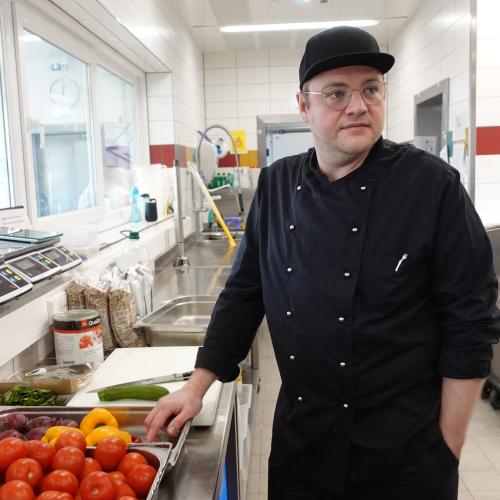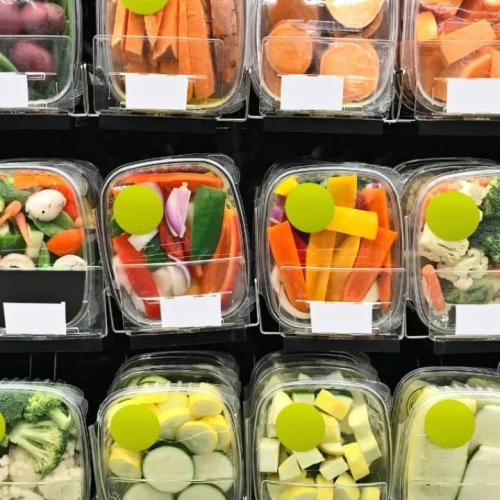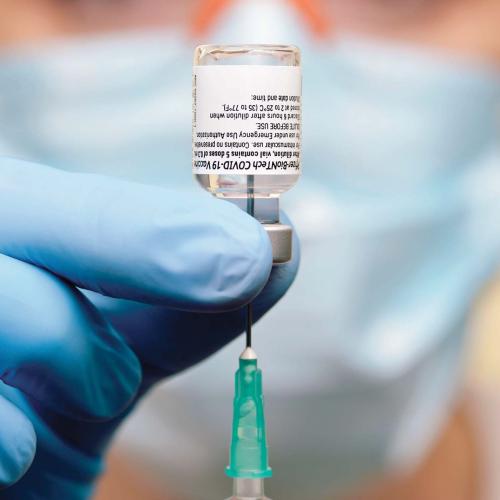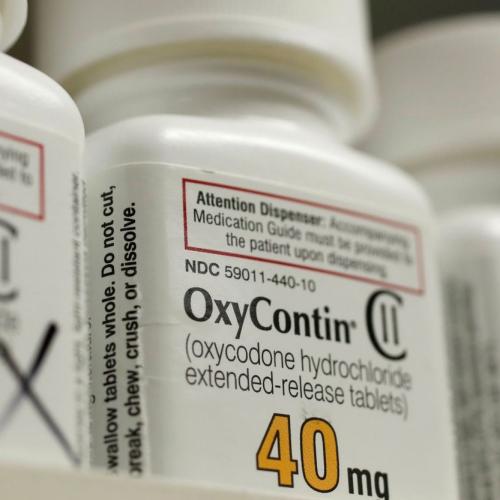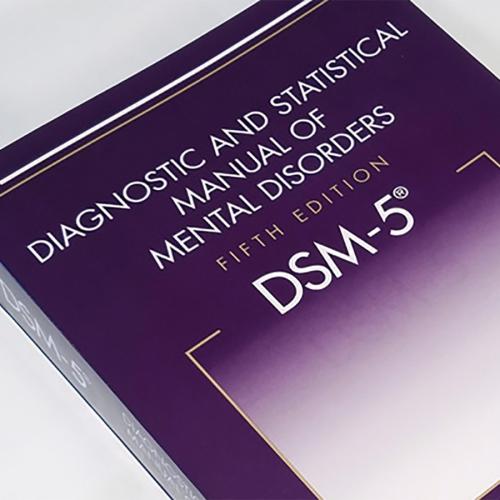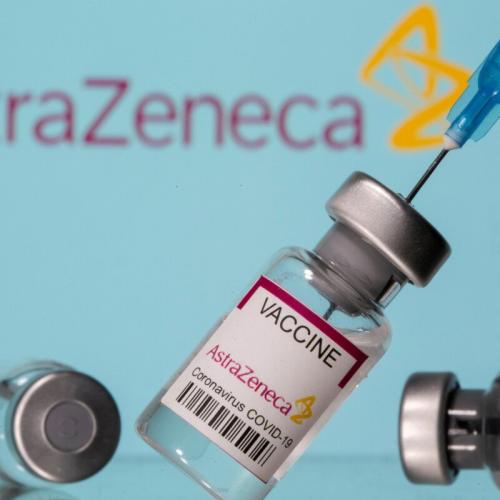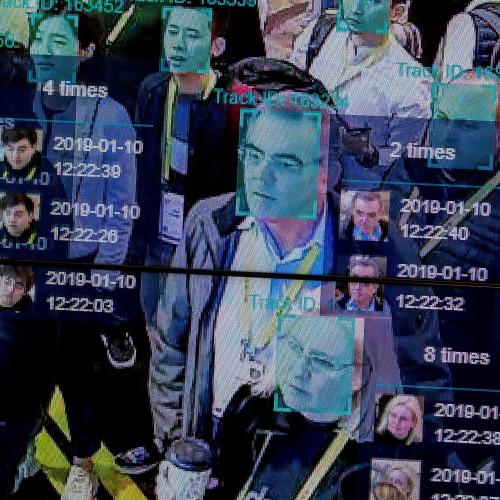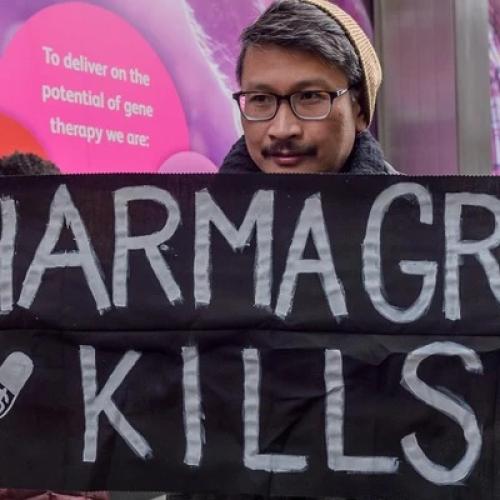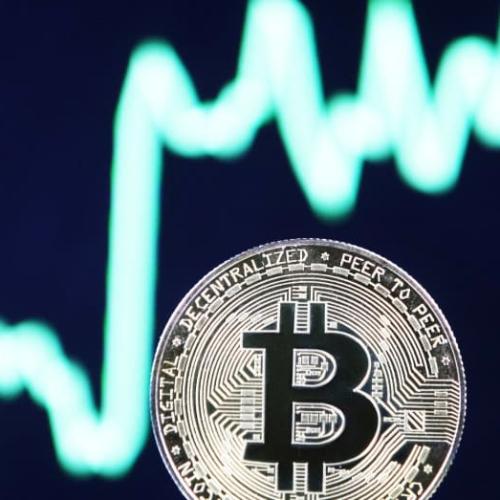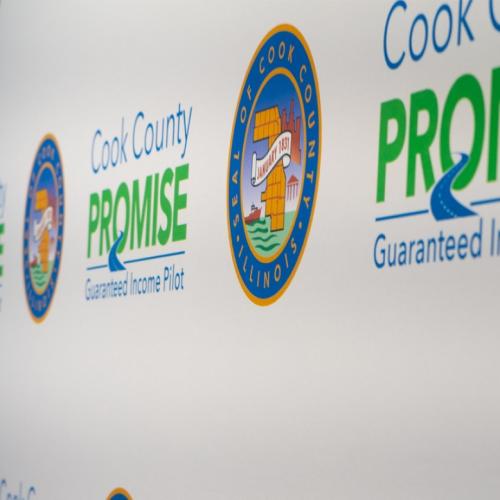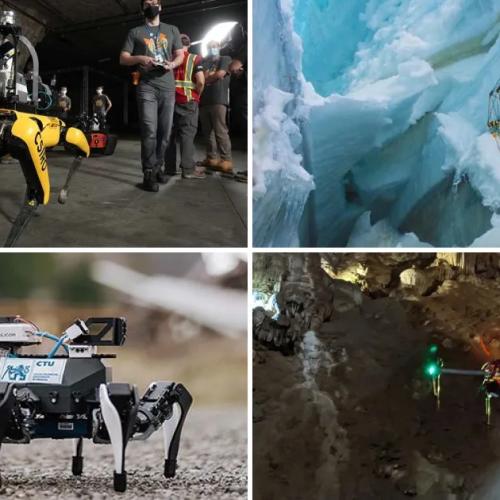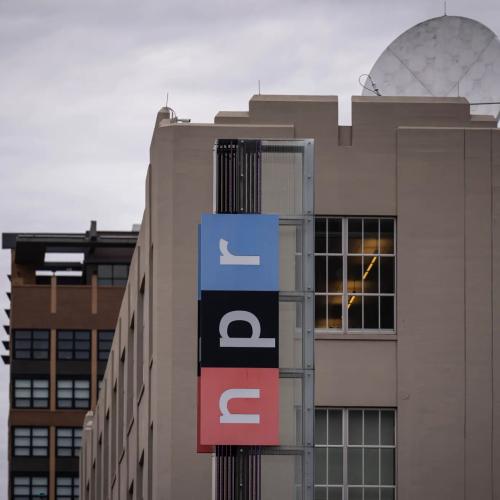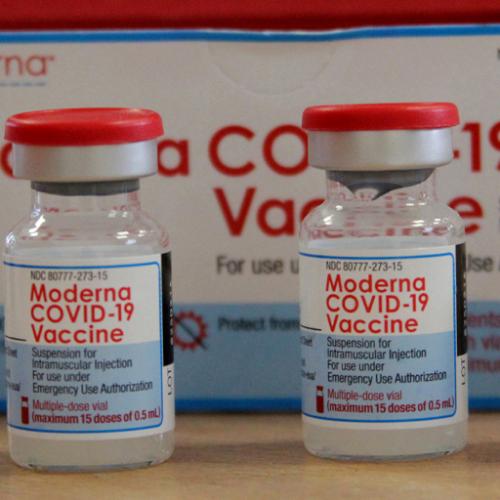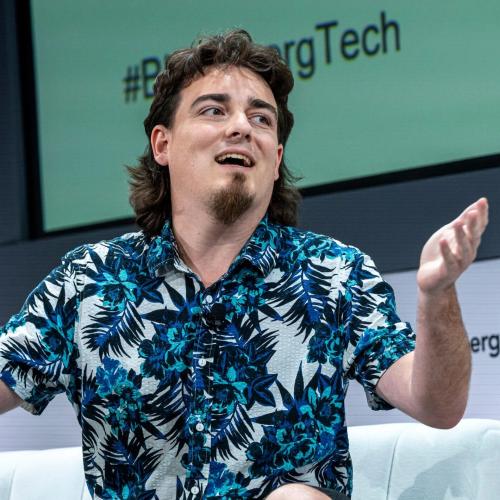Food Corruption Media Articles
Below are key excerpts of revealing news articles on food system corruption from reliable news media sources. If any link fails to function, a paywall blocks full access, or the article is no longer available, try these digital tools.
For further exploration, delve into our comprehensive Health and Food Corruption Information Center.
A handful of powerful companies control the majority market share of almost 80% of dozens of grocery items bought regularly by ordinary Americans, new analysis reveals. A joint investigation by the Guardian and Food and Water Watch found that consumer choice is largely an illusion – despite supermarket shelves and fridges brimming with different brands. In fact, a few powerful transnational companies dominate every link of the food supply chain: from seeds and fertilizers to slaughterhouses and supermarkets to cereals and beers. The size, power and profits of these mega companies have expanded thanks to political lobbying and weak regulation which enabled a wave of unchecked mergers and acquisitions. The size and influence of these mega-companies enables them to largely dictate what America’s 2 million farmers grow and how much they are paid, as well as what consumers eat and how much our groceries cost. It also means those who harvest, pack and sell us our food have the least power: at least half of the 10 lowest-paid jobs are in the food industry. Farms and meat processing plants are among the most dangerous and exploitative workplaces in the country. Overall, only 15 cents of every dollar we spend in the supermarket goes to farmers. The rest goes to processing and marketing our food. Less competition among agribusinesses means higher prices and fewer choices for consumers. Just four companies – Walmart, Costco, Kroger and Ahold Delhaize – control 65% of the retail market.
Note: For more along these lines, see concise summaries of deeply revealing news articles on food system corruption from reliable major media sources.
Interviews with more than two dozen experts on pesticide regulation – including 14 who worked at the EPA's Office of Pesticide Programs, or OPP – described a federal environmental agency that is often unable to stand up to the intense pressures from powerful agrochemical companies, which spend tens of millions of dollars on lobbying each year and employ many former EPA scientists once they leave the agency. The enormous corporate influence has weakened and, in some cases, shut down the meaningful regulation of pesticides in the U.S. and left the country's residents exposed to levels of dangerous chemicals not tolerated in many other nations. This reporting has brought to light several instances in which the overlooking, burying, or scuttling of science has had direct consequences for human health. The alarming discoveries include an EPA report warning about the link between the pesticide glyphosate and cancer that never saw the light of day; the failure to consider evidence that a neonicotinoid pesticide causes brain damage; the refusal to investigate evidence that another pesticide that is an ingredient in Roundup may cause cancer ... and the agency's waiving of the vast majority of toxicity tests at the request of industry. The scientists who have identified these hazards described immense pressure from within the agency to overlook the risks they found. And several said they faced retribution for calling attention to the dangers of pesticides.
Note: For more along these lines, see concise summaries of deeply revealing news articles on corruption in government and in the corporate world from reliable major media sources.
Darrell Brokenborough opened the bright yellow refrigerator that stood on the sidewalk outside a row home at 308 N. 39th St., smiled and said, “It’s full.” He balanced on his cane so he could take a closer look at the apples, yogurt, greens, pasta, cheese and chicken inside. On the front of the fridge was written: “Free food” and “Take what you need. Leave what you don’t.” Philadelphia now has more than 20 of these refrigerators sitting outside homes and restaurants, offering free food to anyone passing by. Volunteers keep the fridges clean and stocked with food donated from grocery stores, restaurants, local farmers and anyone with extra to share. The concept of the community fridge sometimes called a “freedge” has been around for more than a decade, but it exploded during the pandemic as hunger spiked in the United States and worldwide. There are now about 200 of these community fridges in the United States, up from about 15 before the pandemic. “What we’re learning is when you do something like this, people will support it. People do have goodness and kindness, and they will bring food,” said Michelle Nelson, founder of Mama-Tee.com, which now runs 18 bright yellow fridges in Philadelphia and has been inundated with requests to put more in place throughout the country. Nelson said the effort is part of the movement known as “mutual aid,” where people, even those struggling, want to help one another and have a stake in the project.
Note: Explore a treasure trove of concise summaries of incredibly inspiring news articles which will inspire you to make a difference.
Last week, the European Parliament made its stance on animal welfare clear by calling for a ban on caged animal farming, after voting overwhelmingly in favor to end the practice. The non-binding resolution hopes to change animal agriculture and reinvent the food supply chain across Europe by removing cages. The Parliament vote — passed by an overwhelming majority voting in favor of the ban, with 558 members in favor to 37 votes against — sought to implement a ban on caged farming across the European Union. The vote followed a European Citizens’ Initiative that started three years ago, and which gathered 1.4 million signatures in at least 18 member states in support of animal welfare. Olga Kikou, Head of Compassion in World Farming EU and one of the citizens leading the ‘End the Cage Age’ petition told Euronews that some animals never leave their cages during their lifetime: “We have estimated, and this is a very conservative number, that over 300 million animals, farmed animals, spend most of their life or their entire life in cages in Europe, every year.” Following the committee’s debate regarding the ‘End the Cage Age’ petition, the parliament decided in favor of the ban that aims to completely dismantle caged animal farming by 2027.
Note: Explore a treasure trove of concise summaries of incredibly inspiring news articles which will inspire you to make a difference.
America’s biggest “food forest” is just a short drive from the world’s busiest airport, Atlanta’s Hartsfield-Jackson. When the Guardian visits the Urban Food Forest at Browns Mill there are around a dozen volunteers working. Food forests are part of the broader food justice and urban agriculture movement and are distinct from community gardens in various ways. They are typically backed by grants rather than renting plots, usually rely on volunteers and incorporate a land management approach that has a focus on growing perennials. The schemes vary in how they operate in allocating food ... but they are all aimed at boosting food access. Organizers in Atlanta stress that they properly distribute the food to the neighborhoods that the food forest is intended to support and it’s not open to the public beyond volunteer workers. Other schemes have areas where the public is free to take what they want. Celeste Lomax, who manages community engagement at the Brown Mills forest and lives in the neighborhood, believes education is key to the forest’s success and beams like sunlight when sharing her vision for the fertile soil she tends. “We’re using this space for more than just growing food. We have composting, beehives, bat boxes, and this beautiful herb garden where we’re teaching people how to heal themselves with the foods we eat. We’ll be doing walkthrough retreats and outside yoga. This is a health and wellness place. It’s so much more than just free food.”
Note: Explore a treasure trove of concise summaries of incredibly inspiring news articles which will inspire you to make a difference.
As people across the globe grappled with higher levels of stress, depression and anxiety this past year, many turned to their favorite comfort foods. But ... the sugar-laden and high-fat foods we often crave when we are stressed or depressed, as comforting as they may seem, are the least likely to benefit our mental health. Instead, whole foods such as vegetables, fruit, fish, eggs, nuts and seeds, beans and legumes and fermented foods like yogurt may be a better bet. Historically, nutrition research has focused largely on how the foods we eat affect our physical health, rather than our mental health. But ... a growing body of research has provided intriguing hints about the ways in which foods may affect our moods. A healthy diet promotes a healthy gut, which communicates with the brain through what is known as the gut-brain axis. Microbes in the gut produce neurotransmitters like serotonin and dopamine, which regulate our mood and emotions, and the gut microbiome has been implicated in mental health outcomes. “The gut microbiome plays a shaping role in a variety of psychiatric disorders, including major depressive disorder,” a team of scientists wrote in the Harvard Review of Psychiatry. “Mental health is complex,” said Dr. Jacka ... at Deakin University in Australia. “Eating a salad is not going to cure depression. But there’s a lot you can do to lift your mood and improve your mental health, and it can be as simple as increasing your intake of plants and healthy foods.”
Note: Explore a treasure trove of concise summaries of incredibly inspiring news articles which will inspire you to make a difference.
When a dormant pecan farm in the neighborhoods of south Atlanta closed, the land was soon rezoned and earmarked to become townhouses. But when the townhouses never came to fruition and with the lot remaining in foreclosure, the Conservation Fund bought it in 2016 to develop an unexpected project: the nation's largest free food forest. Thanks to a US Forest Service grant and a partnership between the city of Atlanta, the Conservation Fund, and Trees Atlanta, you'll find 7.1 acres of land ripe with 2,500 pesticide-free edible and medicinal plants only 10 minutes from Atlanta's airport. The forest is in the Browns Mill neighborhood of southeast Atlanta, where the closest grocery store is a 30-minute bus ride away. "Access to green space and healthy foods is very important. And that's a part of our mission," says Michael McCord, a certified arborist and expert edible landscaper who helps manage the forest. The forest is part of the city of Atlanta's larger mission to bring healthy food within half a mile of 85% of Atlanta's 500,000 residents by 2022, though as recently as 2014, it was illegal to grow food on residential lots in the city. Resources like the food forest are a rarity and necessity in Atlanta as 1 in 6 Georgians face food insecurity, 1 in 3 Browns Mill residents live below the poverty line, and 1 in 4 Atlantans live in food deserts. The forest is now owned by the parks department and more than 1,000 volunteers and neighbors are helping to plant, water and maintain the forest.
Note: Explore a treasure trove of concise summaries of incredibly inspiring news articles which will inspire you to make a difference.
Sperm counts have been dropping; infant boys are developing more genital abnormalities; more girls are experiencing early puberty; and adult women appear to be suffering declining egg quality and more miscarriages. It’s not just humans. Scientists report genital anomalies in a range of species, including unusually small penises in alligators, otters and minks. In some areas, significant numbers of fish, frogs and turtles have exhibited both male and female organs. Experts say the problem is a class of chemicals called endocrine disruptors, which mimic the body’s hormones and thus fool our cells. This is a particular problem for fetuses as they sexually differentiate early in pregnancy. Endocrine disruptors can wreak reproductive havoc. These endocrine disruptors are everywhere: plastics, shampoos, cosmetics, cushions, pesticides, canned foods and A.T.M. receipts. They often aren’t on labels and can be difficult to avoid. Chemical companies ... lobby against even safety testing of endocrine disruptors, so that we have little idea if products we use each day are damaging our bodies or our children. Still, the Endocrine Society, the Pediatric Endocrine Society, the President’s Cancer Panel and the World Health Organization have all warned about endocrine disruptors, and Europe and Canada have moved to regulate them. But in the United States, Congress and the Trump administration seemed to listen more to industry lobbyists than to independent scientists.
Note: For more along these lines, see concise summaries of deeply revealing news articles on corporate corruption and health from reliable major media sources.
Mexico is sticking to a plan to stop importing genetically modified corn and a ban on a widely used herbicide, a senior official told Reuters, doubling down on a policy that has pleased green advocates but alarmed industry leaders. The plan announced late last year by executive order aims to replace some 16 million tonnes of yellow corn imported mostly from U.S. farmers and nearly all of it genetically modified, with new, local production by 2024. Victor Suarez, the deputy agriculture minister and a key architect of the order, argued that GMO corn and the herbicide glyphosate are too dangerous and that local output and sustainable "agroecological" practices must be prioritized. He cited studies linking glyphosate to cancer and saying that it harmed pollinators like bees and separately alleged that GMO corn contaminates Mexico's native strains of the grain. "We have to put the right to life, the right to health, the right to a healthy environment ahead of economic and business (interests)," said the former congressman. Mexico is mostly self-sufficient in white corn, used for the country's staple tortillas, but meat producers have for years relied on growing volumes of yellow corn imports to fatten cows, pigs and chickens. Asked if the Dec. 31 decree applied to animal feed as well processed foods that include GMO corn, Suarez said that the law covers all food that "will eventually reach human consumption."
Note: For more along these lines, see concise summaries of deeply revealing news articles on GMOs and food system corruption from reliable major media sources.
Monsanto owner Bayer AG and industry lobbyist CropLife America have been working closely with US officials to pressure Mexico into abandoning its intended ban on glyphosate, a pesticide linked to cancer that is the key ingredient in Monsanto’s Roundup weedkillers. The moves to protect glyphosate shipments to Mexico have played out over the last 18 months, a period in which Bayer was negotiating an $11bn settlement of legal claims brought by people in the US who say they developed non-Hodgkin lymphoma due to exposure to the company’s glyphosate-based products. The pressure on Mexico is similar to actions Bayer and chemical industry lobbyists took to kill a glyphosate ban planned by Thailand in 2019. Records show alarm starting to grow in the latter part of 2019 after Mexico said it was refusing imports of glyphosate from China. In denying a permit for an import shipment, Mexican officials cited the “precautionary principle”, which generally refers to a policy of erring on the side of caution. Industry executives told US government officials that they feared restricting glyphosate would lead to limits on other pesticides and could set a precedent for other countries to do the same. Mexico may also reduce the levels of pesticide residues allowed in food, industry executives warned. “If Mexico extends the precautionary principle” to pesticide residue levels in food, “$20bn in US annual agricultural exports to Mexico will be jeopardized”, [CropLife president Chris] Novak wrote to US officials.
Note: For more along these lines, see concise summaries of deeply revealing news articles on food system corruption from reliable major media sources.
The world’s biggest commercial rooftop greenhouse sits atop a former Sears warehouse in a semi-industrial northwestern quarter of Montreal. Early every morning, staff pick fresh vegetables, then bring them downstairs, where they get packed into heavy-duty plastic totes along with the rest of the day’s grocery orders. Whatever Lufa doesn’t grow in its four greenhouses comes from local farms and producers, mostly from within 100 miles. This is a modern foodie’s dream: a tech-forward online shop full of locally grown, pesticide-free, ethically-sourced products at reasonable price points, delivered once a week to either your doorstep or a local pickup point in your neighborhood. Customers - Lufavores, as the company calls them - typically place their orders a few days before delivery through the online store, dubbed “the Marketplace,” which Lufa built from scratch in 2012. That’s how Lufa’s suppliers know how much product to provide: They get forecasts first, then final order numbers, through their Lufa software. Technology is the underpinning of Lufa’s success, and the owners know it. “We see ourselves as a technology company, in the sense that we solve with software,” [cofounder Lauren] Rathmell, 32, says. “Nothing off-the-shelf can be applied to what we do, because it’s so complex. We harvest food ourselves; we gather from farmers and food makers throughout the province; most of it’s arriving just in time throughout the night to be packed in baskets for that day, and every order is fully unique.”
Note: Explore a treasure trove of concise summaries of incredibly inspiring news articles which will inspire you to make a difference.
A congressional report found many of the products made by the country’s largest commercial baby food manufacturers contain significant levels of toxic heavy metals, including arsenic, lead, cadmium and mercury, which can endanger infant neurological development. The report ... from the House Oversight Committee’s subcommittee on economic and consumer policy found heavy metals in rice cereals, sweet potato puree, juices and sweet snack puffs made by some of the most trusted names in baby food. Gerber, Beech-Nut, HappyBABY (made by Nurture) and Earth’s Best Organic baby foods (made by Hain Celestial Group) complied with the committee’s request to submit internal testing documents. Campbell Soup, which sells Plum Organics baby foods, Walmart (its private brand is Parent’s Choice) and Sprout Foods declined to cooperate. Although there are no maximum arsenic levels established for baby food ... the FDA has set the maximum allowable levels in bottled water at 10 ppb of inorganic arsenic. Hain ... used many ingredients in its baby foods with as much as 309 ppb of arsenic. Lead levels in baby foods should not exceed 1 ppb. Beech-Nut used ingredients containing as much as 886.9 parts per billion of lead. In addition, Gerber used carrots containing as much as 87 ppb of cadmium and Nurture sold baby foods with as much as 10 ppb of mercury. And even when baby foods tested over companies’ internal limits for these heavy metals, they were sold anyway.
Note: For more along these lines, see concise summaries of deeply revealing news articles on food system corruption from reliable major media sources.
The chemical additive aspartame is very potentially a cancer and brain tumor-causing substance that has no place in our food. The reasons and means by which [Donald] Rumsfeld helped get it approved are nefarious at best, criminal at worst. Dr. John Olney, who founded the field of neuroscience called excitotoxicity, attempted to stop the approval of aspartame with Attorney James Turner back in 1996. The FDA’s own toxicologist, Dr. Adrian Gross told Congress that without a shadow of a doubt, aspartame can cause brain tumors and brain cancer. According to the top doctors and researchers on this issue, aspartame causes headache, memory loss, seizures, vision loss, coma and cancer. It worsens or mimics the symptoms of such diseases and conditions as fibromyalgia, MS, lupus, ADD, diabetes, Alzheimer’s, chronic fatigue and depression. In 1985, Monsanto purchased G.D. Searle, the chemical company that held the patent to aspartame, the active ingredient in NutraSweet. Ronald Reagan was sworn in as president January 21, 1981. Rumsfeld, while still CEO at Searle, was part of Reagan’s transition team. This team hand-picked Dr. Arthur Hull Hayes, Jr., to be the new FDA commissioner. One of Hayes’ first official acts as FDA chief was to approve the use of aspartame as an artificial sweetener in dry goods on July 18, 1981. When Searle was absorbed by Monsanto in 1985, Donald Rumsfeld reportedly received a $12 million bonus, pretty big money in those days.
Note: Donald Rumsfeld also made millions on bird flu drugs. For more along these lines, see concise summaries of deeply revealing news articles on corruption in government and in the food system from reliable major media sources.
Ian McKenna was in third grade when he learned that nearly a quarter of the kids at his Austin school weren’t getting enough to eat at home. He wanted to help, but local volunteer organizations turned him away, saying he was too young. So he decided to find his own solution. For years, he had been gardening with his mother, and they often distributed their extra vegetables to the neighbors. Why not give the produce to a soup kitchen? “Then I thought, I’m good at gardening,” says McKenna, now 16. “Maybe I could try to start a garden that’s meant solely to help feed these people who are in need.” Better yet, he thought, why not plant a garden at school, so that kids in need could take food home? McKenna persuaded his school to set aside space for a garden, then he asked the community for donations of seeds and equipment. Other students donated their time. Within months, McKenna’s garden was producing lettuces, spinach, tomatoes, cucumbers and squash for students and their families. Now, seven years later, McKenna’s Giving Garden project has expanded to five area schools in addition to his own backyard garden, and he has provided more than 20,000 lb. of organic produce (enough for 25,000 meals) to Austin families and food pantries. When COVID-19 hit the U.S., McKenna redoubled his efforts, cooking up to 100 meals out of his home to distribute to the hungry on the weekends. When social distancing meant that volunteers couldn’t work on community garden plots, he started offering online tutorials.
Note: Scroll down near the bottom to read about this inspiring young man. Explore a treasure trove of concise summaries of incredibly inspiring news articles which will inspire you to make a difference.
Nearly two years ago, researchers from X, the experimental “moonshot factory” at Alphabet, sat down with the head of a food bank in Arizona to begin to better understand one of the conundrums of hunger in the U.S.: As much as 40% of the food supply is wasted, but millions of Americans don’t have enough to eat. “We probably have two to four times as much food as we need in the world, but we’re not doing a very good job of distributing it to people who really need it,” says Emily Ma, the leader of the X team, called Project Delta, which announced today that two early tools it developed will be moving to Google to be fully built. The X team built a prototype of a new matching platform that could automatically consider ... the shelf life of donated food, how it’s packaged, what transportation is available, and where it’s needed and wanted. Another tool uses computer vision and machine learning to identify food as it’s being thrown out so that a restaurant or supermarket deli can better plan future buying decisions to reduce waste: If you’re throwing out a lot of onions every week, the software will alert you so you can stop buying as many. Eventually, similar technology could also be used to identify surplus food available for donations, so that information doesn’t have to entered manually. “What we’re looking to do is, in the automating of this, actually make food much more accessible to everyone,” says Ma. “I believe that in the next 10 to 30 years, it is possible to actually almost perfectly match supply and demand,” she says.
Note: Explore a treasure trove of concise summaries of incredibly inspiring news articles which will inspire you to make a difference.
The government illegally approved a breed of genetically engineered salmon without assessing the harm the fish might cause if they escaped their confines and interbred with other salmon species, a federal judge ruled. The Food and Drug Administration agreed in 2015, under President Barack Obama’s administration, to allow AquaBounty Technologies to produce the fish, which is an Atlantic salmon that has been infused with a growth hormone gene from Pacific salmon, also known as chinook, and DNA from a slithery creature known as an eelpout. But U.S. District Judge Vince Chhabria of San Francisco said the FDA had failed to consider or study what would happen if the genetically engineered salmon slipped out and reached waters inhabited by other salmon. “They may directly interact with wild salmon, such as by mating or simply by competing for resources,” Chhabria said in a ruling on a lawsuit by environmental, consumer and fishing organizations. “Even if this scenario was unlikely, the FDA was still required to assess the consequences,” especially since the agency knew AquaBounty’s facilities were likely to grow, he said. “Before starting the country down a road that could well lead to commercial production of genetically engineered fish on a large scale, the FDA should have developed a full understanding — and provided a full explanation — of the potential environmental consequences,” Chhabria said. The FDA did not say whether it would appeal the ruling.
Note: Explore a treasure trove of concise summaries of incredibly inspiring news articles which will inspire you to make a difference.
More and more people are going hungry, with food bank lines stretching for blocks. One solution has been popping up in cities of all sizes: community fridges. The fridges, usually colorfully painted, can be found in public spaces like sidewalks and storefronts. Volunteers and community members keep them stocked with donated food and other supplies, and people can take what they need – no questions asked. While the pandemic and subsequent economic difficulty may have accelerated their use, community fridges aren't a unique idea; Ernst Bertone Oehninger, the co-founder of Freedge, a network that provides resources and information to community fridge operators around the world, said that he believes he first started hearing about the concept in 2012. Currently, Freedge's database lists nearly 200 fridges in the United States. When it comes to starting a community fridge, organizers described the process as surprisingly easy. The most difficult part, according to Sandra Belat, 24, who is preparing to open a fridge in Denver, Colorado, is securing a location, but the community has been eager to support the initiative. Community fridge organizers are responsible for more than just putting food in fridges: They also need to keep them clean, ensure that the items inside the fridge are safe and healthy and keep the fridges stocked. In addition to food donations, many community fridges are given supplies and financial donations, so the operators can purchase items to put in the fridges.
Note: Learn more in this inspiring article. Explore a treasure trove of concise summaries of incredibly inspiring news articles which will inspire you to make a difference.
Evidence of what appears to be aggressive animal abuse, practices leading to heightened disease risk and cows being passed off as organic at a Texan auctioneers has been presented to the US Department of Agriculture (USDA) by undercover welfare investigators. The ... investigation centres on Texan auctioneers, Erath County Dairy Sales (ECDS). Undercover video footage filmed at ECDS between January and March 2020 ... was delivered to the USDA by the US-Brazil based NGO, Strategies for Ethical and Environmental Development (Seed). In one video, the undercover investigator, hired as an animal handler, is told that removing a cow’s ear tags, and replacing them with new â€back tags†that indicate a cow is organic, can triple or quadruple their meat sale value. The investigator said he witnessed the tag switching process. First, a bladed tool was used to remove the ear tags, which are part of the USDA’s animal disease traceability framework. These tags were not replaced. Instead, another tag, known as a back tag or sticker, was glued to the cow’s back. The stickers indicate the cow is organic and from Texas. A lawyer for California-based NGO, Animal Legal Defense Fund, said she was â€not too surprised†by the tag switching accusations. â€We have seen this type of thing before,†said Kelsey Eberly. She fears the practice is â€more common†than people would expect, mainly â€because the price premium is so much higher†for organic and better welfare meat and dairy.
Note: For more along these lines, see concise summaries of deeply revealing news articles on food system corruption from reliable major media sources.
Animal agriculture industry groups defending factory farms engage in campaigns of surveillance, reputation destruction, and other forms of retaliation against industry critics and animal rights activists, documents obtained through a FOIA request from the U.S. Department of Agriculture reveal. That the USDA possesses these emails and other documents demonstrates the federal governments knowledge of, if not participation in, these industry campaigns. These documents detail ongoing monitoring of the social media of news outlets, including The Intercept, which report critically on factory farms. They reveal private surveillance activities aimed at animal rights groups and their members. They include discussions of how to create a climate of intimidation for activists who work against industry abuses, including by photographing the activists and publishing the photos online. And they describe a coordinated ostracization campaign that specifically targets veterinarians who criticize industry practices. One of the industry groups central to these activities is the Animal Agriculture Alliance, which represents factory farms and other animal agriculture companies. The group boasts that one of its prime functions is Monitoring Activism, by which they mean: We identify emerging threats and provide insightful resources on animal rights and other activist groups by attending their events, monitoring traditional and social media and engaging our national network.
Note: Watch an interview with Dr. Crystal Heath, a veterinarian targeted by Animal Agricultural Alliance for her activism against inhumane factory farming practices. For more along these lines, see concise summaries of deeply revealing news articles on food system corruption from reliable major media sources.
The level of hunger in U.S. households almost tripled between 2019 and August of this year, according to an analysis of new data from the Census Bureau and the Department of Agriculture. Even more alarming, the proportion of American children who sometimes do not have enough to eat is now as much as 14 times higher than it was last year. The Agriculture Department conducts yearly studies on food insecurity in the U.S., with its report on 2019 released this month. The Census Bureau began frequent household surveys in April in response to Covid-19 that include questions about hunger. The analysis, by the Washington, D.C.-based Center on Budget and Policy Priorities, found that 3.7 percent of U.S. households reported they sometimes or often had not enough to eat during 2019. Meanwhile, the most recent Census data from the end of August of this year showed that 10 percent of households said they sometimes or often did not have enough to eat within the past seven days. Levels of food insecurity in Black and Latino households are significantly higher, at 19 percent and 17 percent, respectively, compared to 7 percent in white households. Remarkably, this increase in hunger has nothing to do with any actual shortage of food. It is purely the result of political decisions.
Note: How much is severe collateral damage like this from the coronavirus lockdown policies being considered? For more along these lines, see concise summaries of deeply revealing news articles on income inequality from reliable major media sources.
Important Note: Explore our full index to key excerpts of revealing major media news articles on several dozen engaging topics. And don't miss amazing excerpts from 20 of the most revealing news articles ever published.







